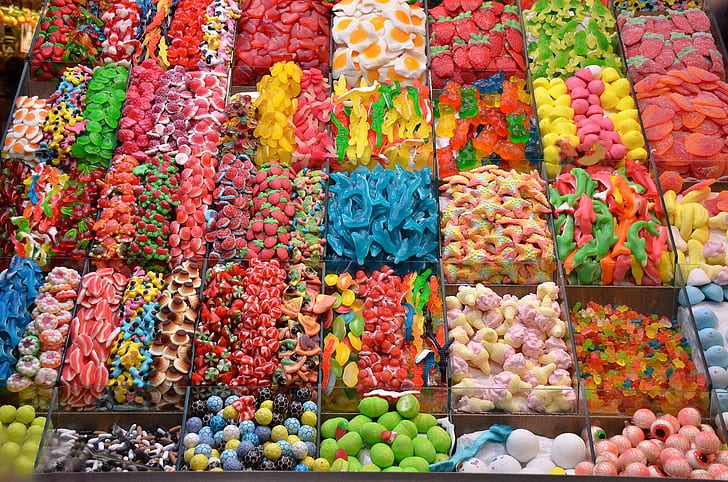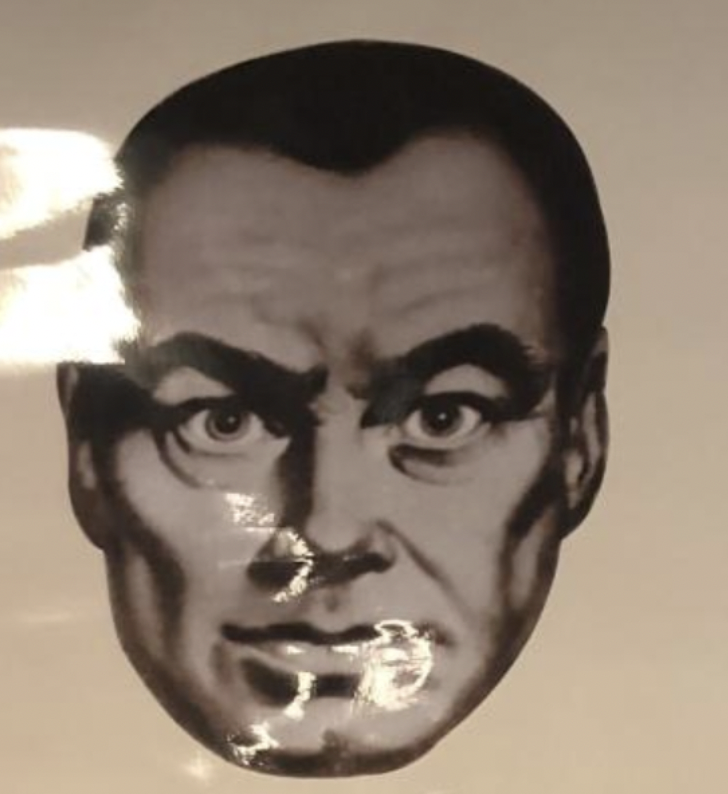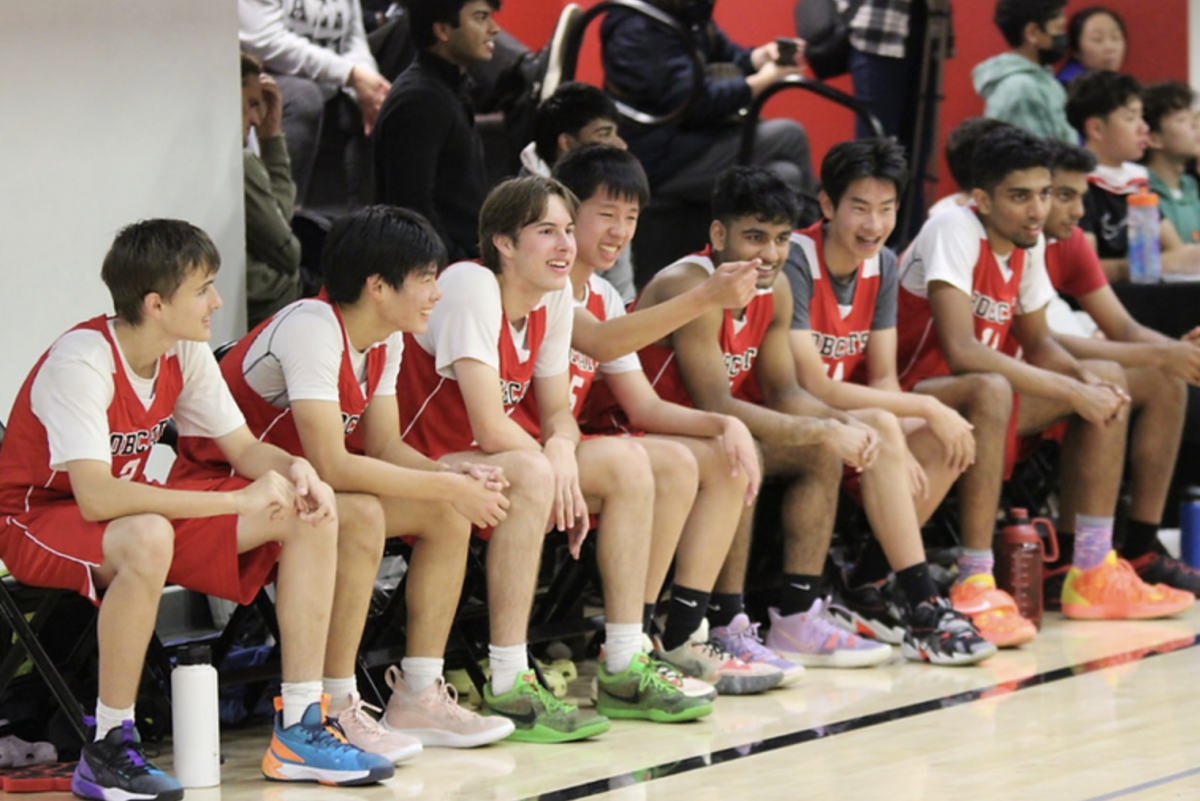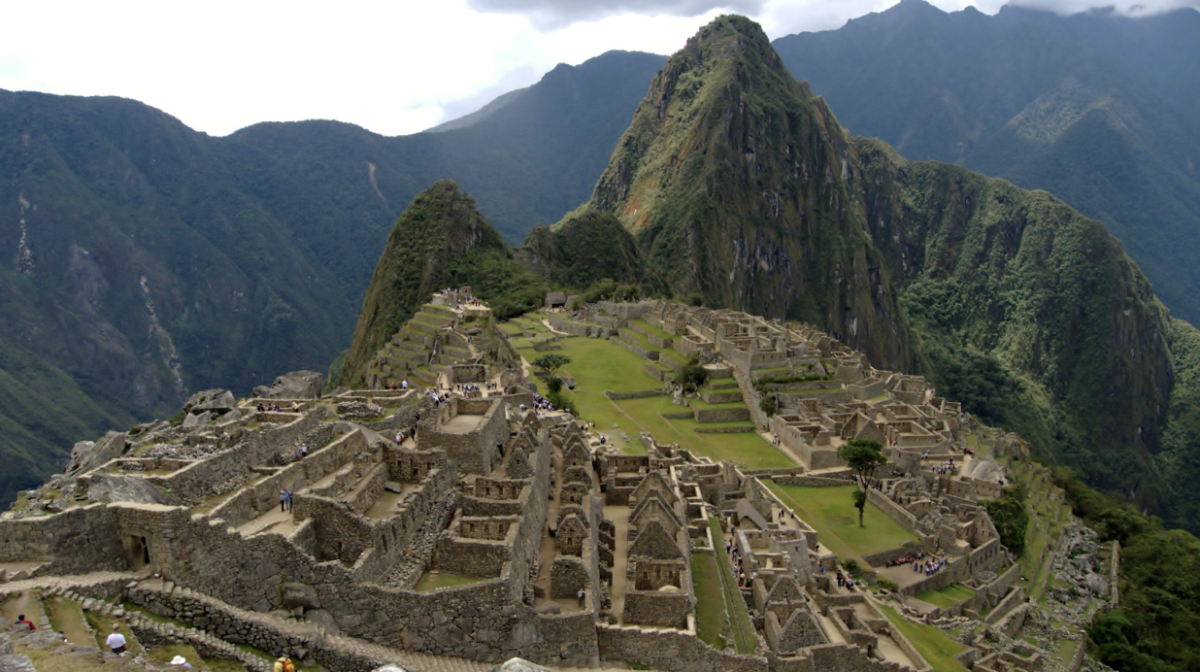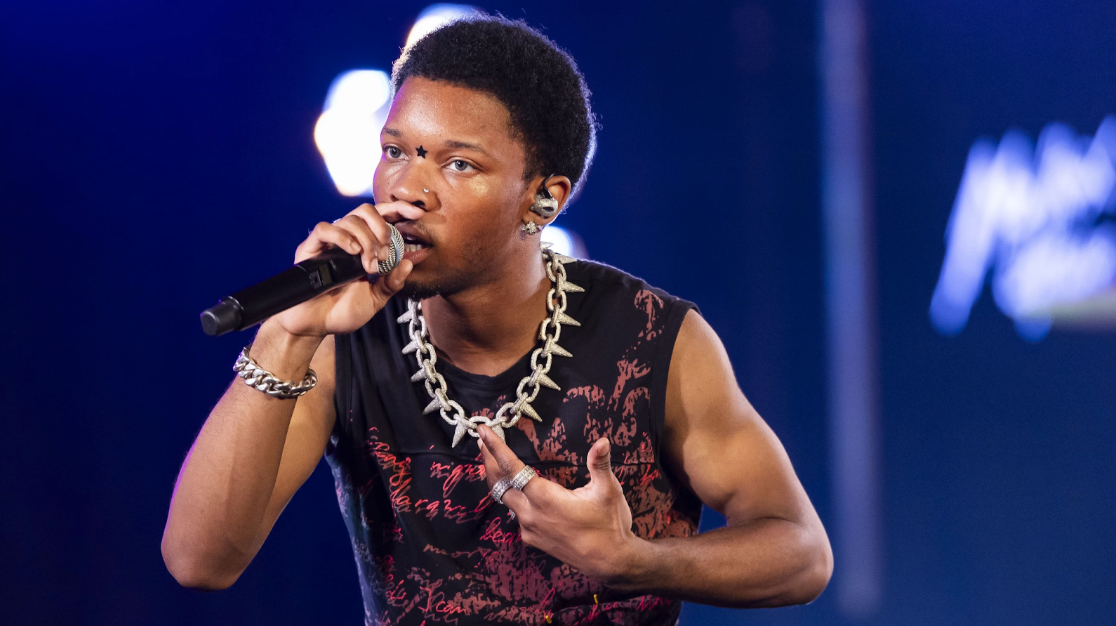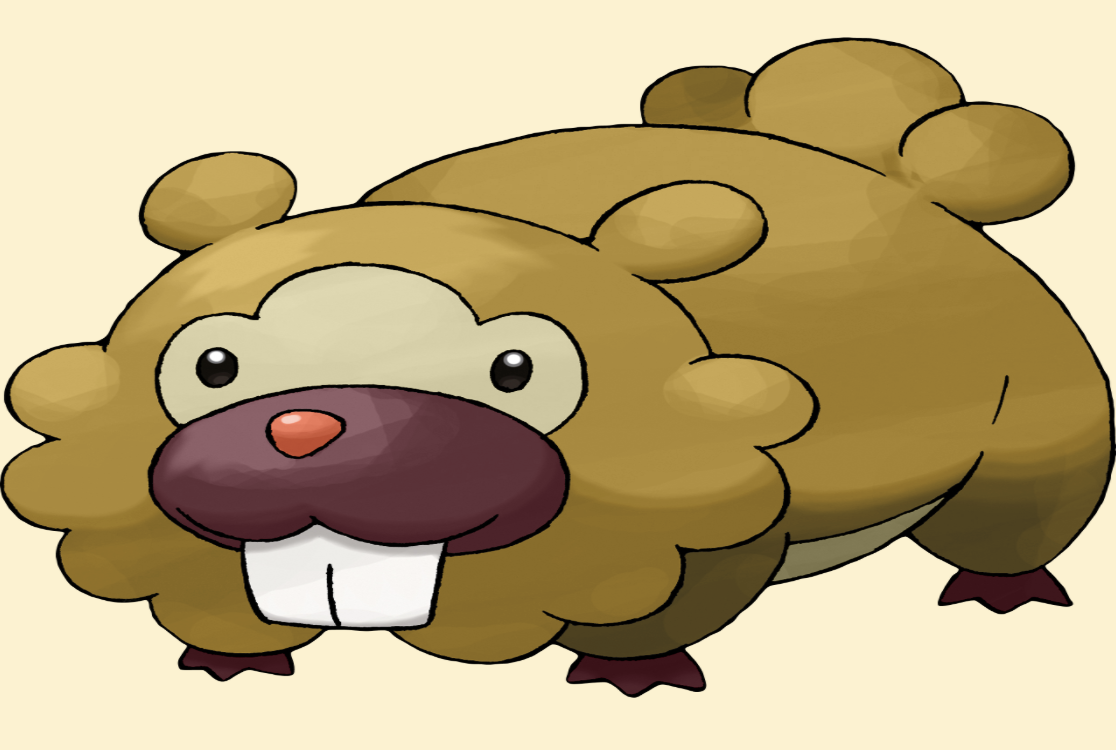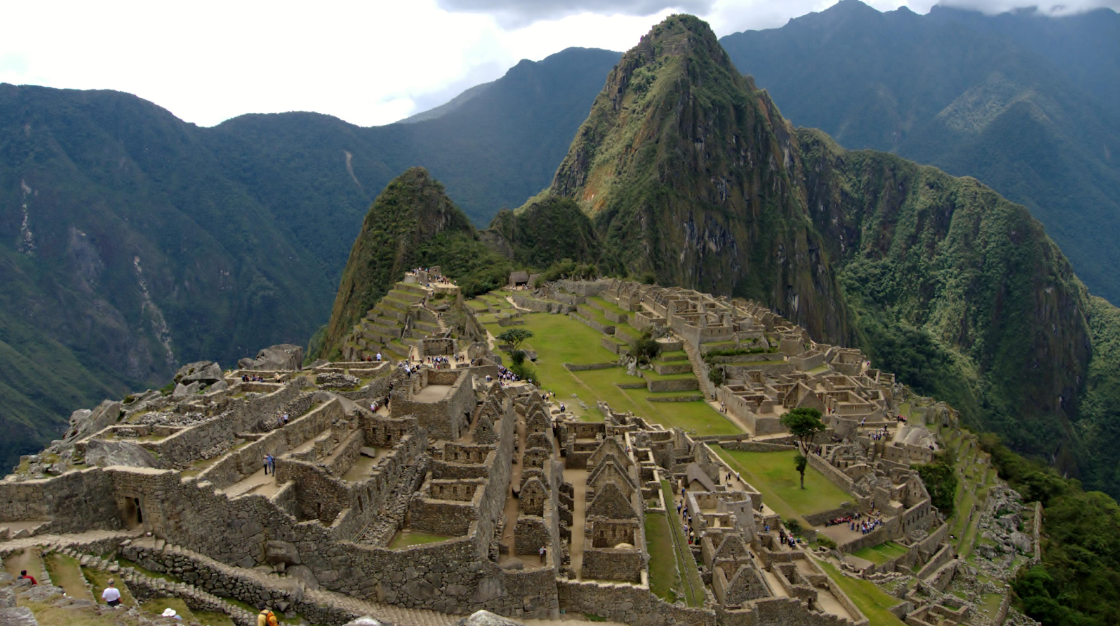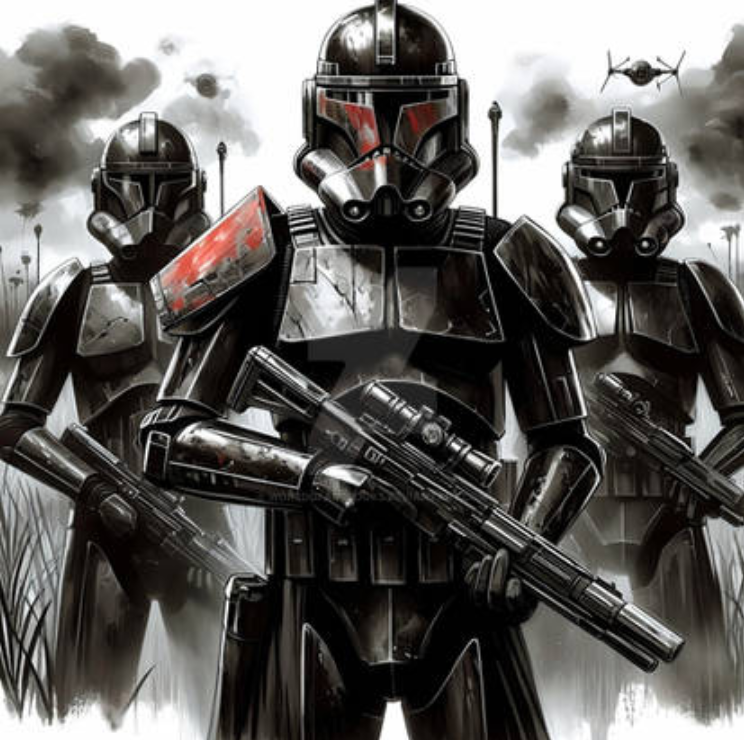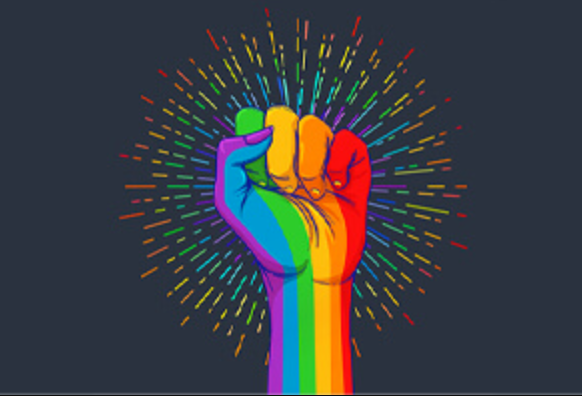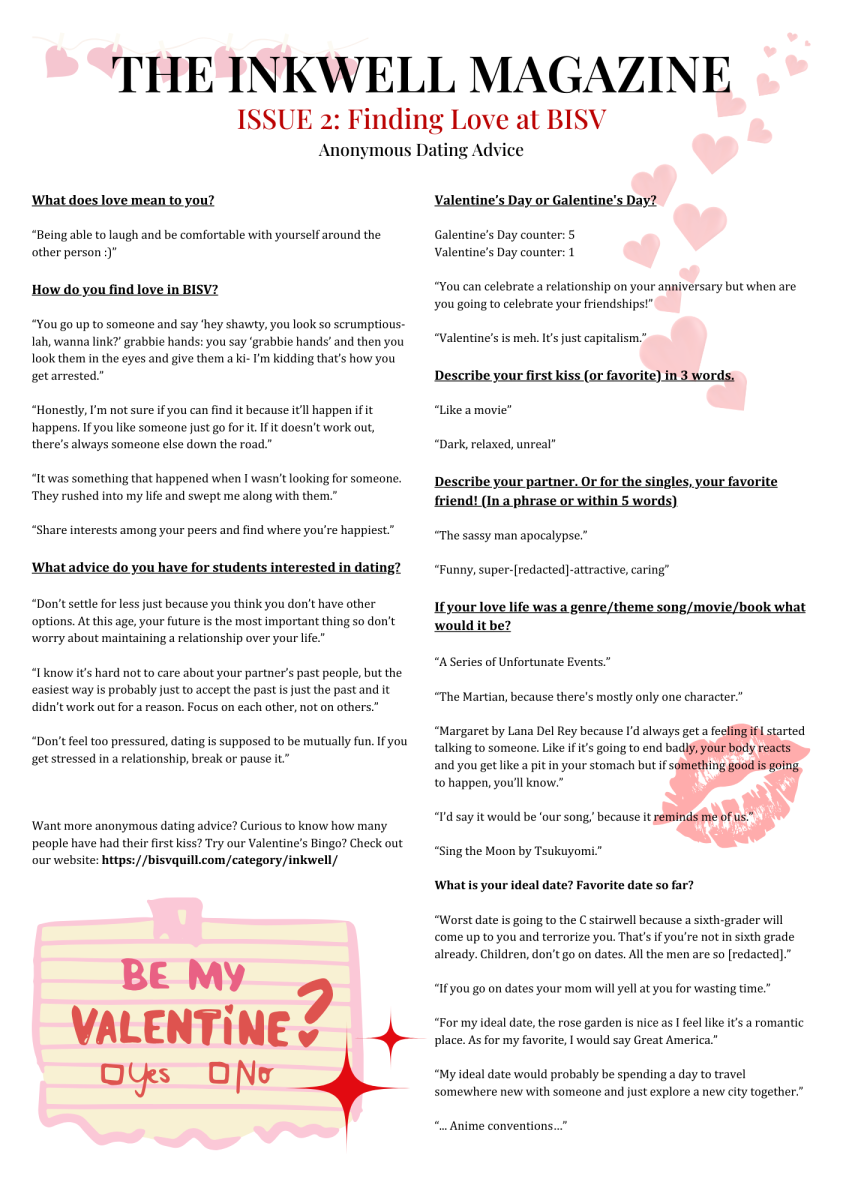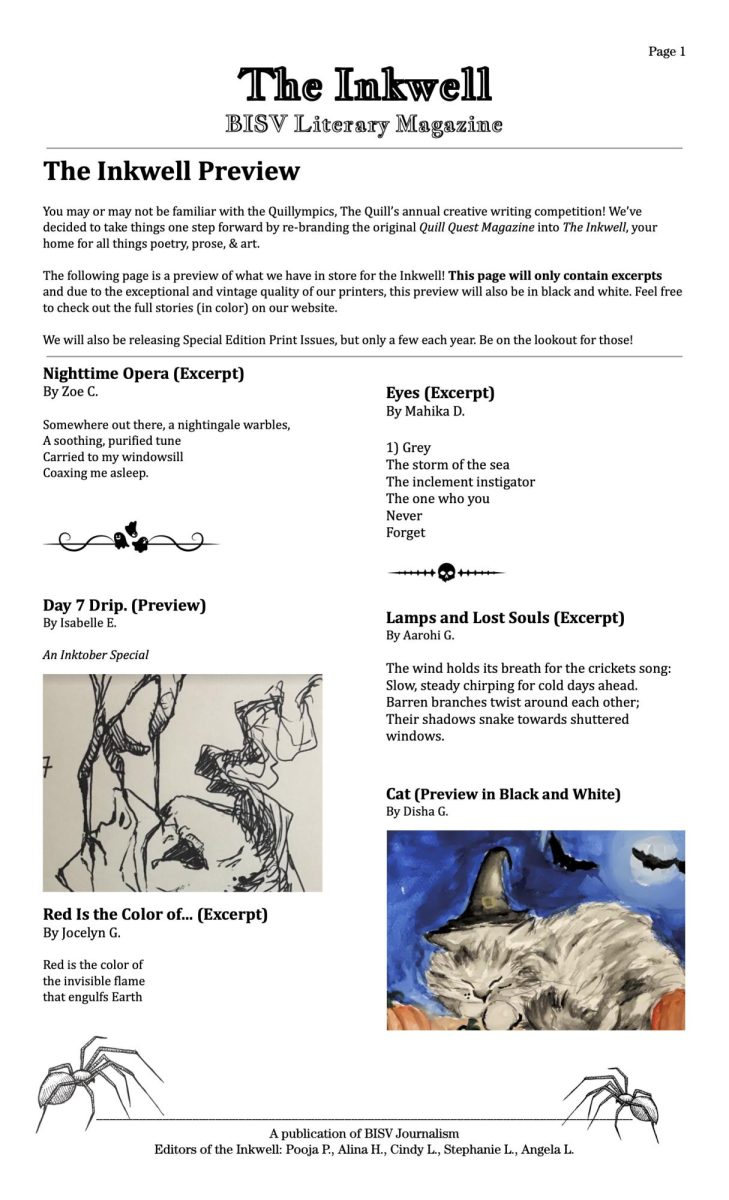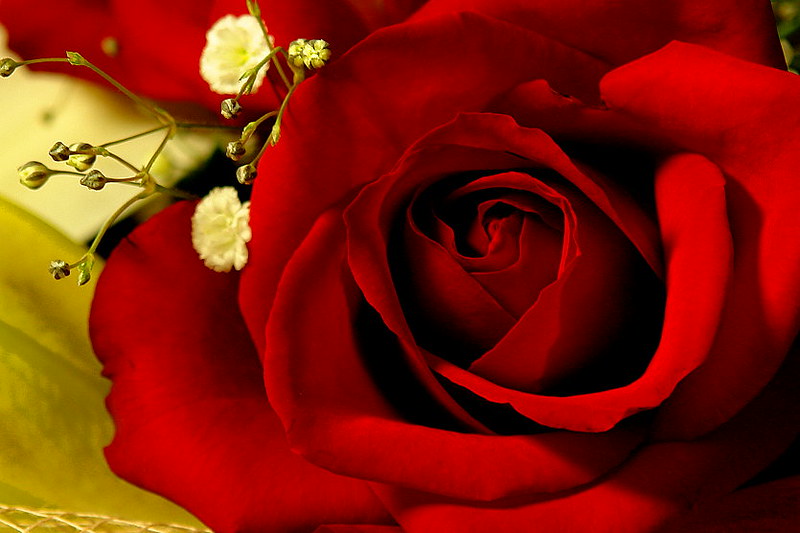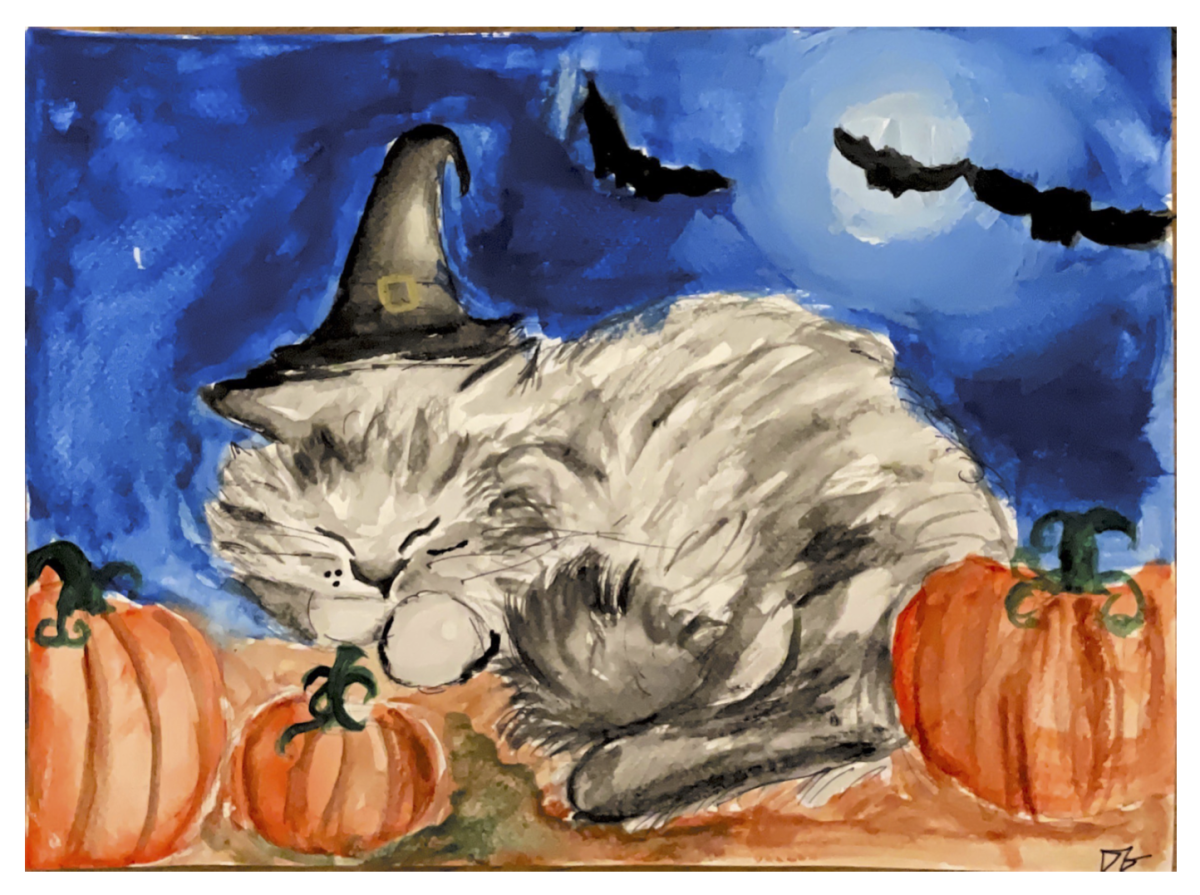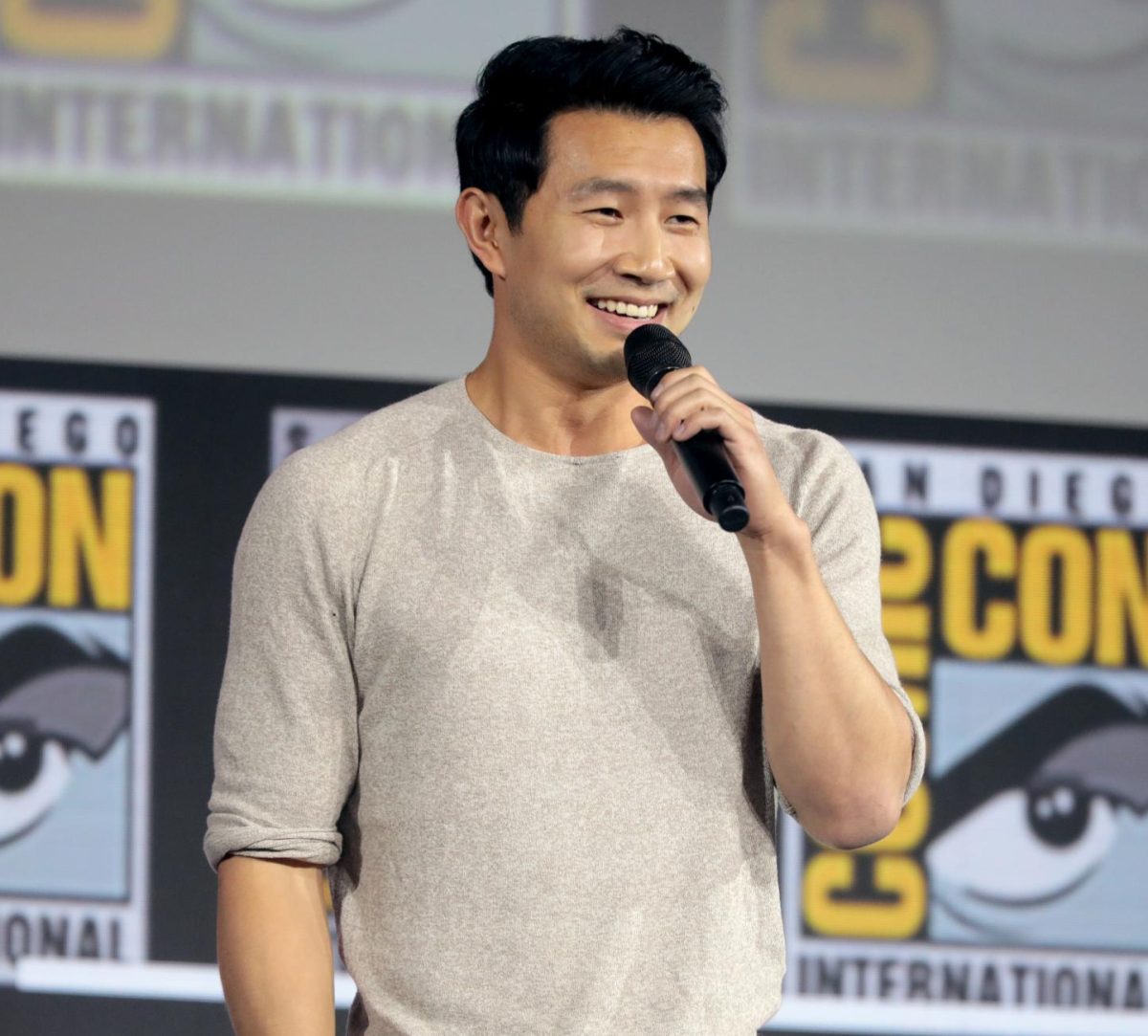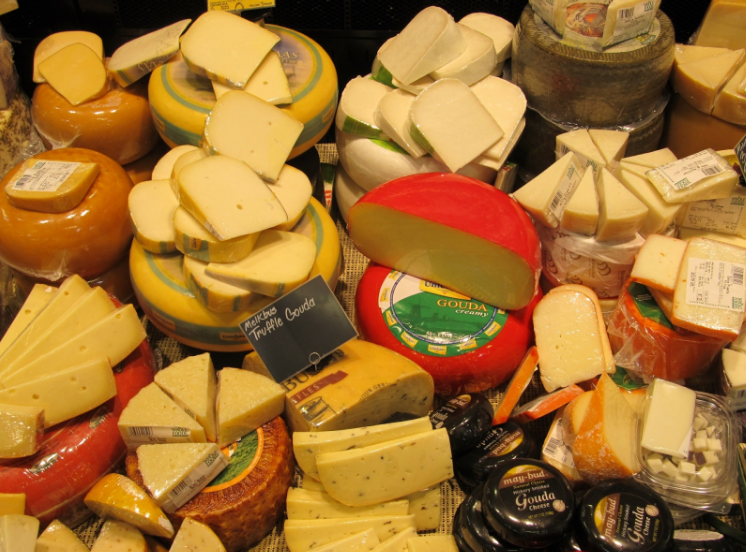Previously Published Nov 19. 2021
If you have not watched Shang-Chi and the Legend of the Ten Rings, this review and analysis will be Shang-Chi and the Legend of the Ten Spoilers! Proceed at your own risk.
The Marvel Cinematic Universe’s (MCU) Phase Four movies have been hyped since their announcement post-Avengers: Endgame. The WandaVision, Loki, and The Falcon and the Winter Soldier TV shows and the Black Widow movie have been solid hits, with WandaVision winning 4 MTV Movie and TV awards and 3 Primetime Creative Arts Emmy Awards.
Now, the MCU has another popular movie in their arsenal. This film would be the first MCU film with a predominantly East-Asian cast and an East Asian lead role. We have seen East Asian characters in the MCU before, such as Wong, Jimmy Woo, and Dr. Helen Cho, but they have never been the main character. East-Asian culture also has never been the main setting of a MCU film before.
Shang-Chi and the Legend of the Ten Rings is the MCU’s second POC-dominant film, with the first being Black Panther. Black Panther became an international hit and is one of the most memorable MCU films of all time. Chadwick Boseman (may he rest in peace) delivered an incredible performance that brought the first POC Marvel Superhero to life. Many hold hope that Shang-Chi and the Legend of the Ten Rings will do the same for Asian superheroes. However, after Disney received harsh criticism over the live-action Mulan, there were concerns over how Disney — which owns the MCU — would handle another Chinese-culture-centric film.
Despite these concerns, the showcase of Chinese culture is incredible in Shang-Chi and the Legend of the Ten Rings. From the dishes such as the breakfast congee to the various forms of martial arts, accurate portrayals of Chinese culture are present in every corner of this film. Even the way Katy’s family talks to her in the beginning — with her grandmother asking her when she and Shaun were getting married, her mother telling her to get a “real job”, few verbal displays of affection, etc. — is often how Asian-American families converse. No detail is left behind, and especially not in the overarching themes of the film.
A main theme in the film is how inseparable family is, and how close East Asians hold the idea of family. Wenwu is driven mad by the grief of losing a family member, Shaun holds on to a jade pendant given to him by his mother even as he escapes to a different country to live a completely different life, Xialing never forgives Shang-Chi for abandoning their family, and Shang-Chi learns to embrace both sides of his family by the end of the film.
Another main theme is the idea of coming to terms with grief, rather than letting it consume you. Wenwu’s descent into grieving madness — his release of the Dweller-in-Darkness and eventual succumbence to it — occurs on Qingming Jie, which is an Asian grave-sweeping festival. Family members clean the graves of passed loved ones, and leave out favourite foods, drinks, etc. to honour their spirit. It is a day to mourn, and to connect with one’s lost loved ones. Qingming Jie is mentioned twice in the film — once by Katy’s family, and another time by Wenwu himself. Katy’s grandmother mentions leaving out whiskey for Katy’s late grandfather, and wholeheartedly believing his spirit to be present in the material world as the whiskey disappeared miraculously overnight. Katy tells her grandmother — in a clash of American and Chinese ideals — that she needs to move on and accept that he is dead. Wenwu mentions that the gate to Ta Lo opens on Qingming Jie, which is the day he invades Ta Lo in an attempt to “free” Ying Li from them. Both Katy’s grandmother and Wenwu show a connection to the dead, but although Katy’s grandmother is also in denial, she is not driven mad by her grief. She simply uses Qingming Jie as an outlet to slowly handle her grief, as many Asian families do. Wenwu, however, reaches the peak of his grief during Qingming Jie, both acting on the grief and invading Ta Lo and forcefully coming to terms with Ying Li’s death with the release of the Dweller-in-Darkness. Qingming Jie is a crucial yet underrepresented side of Chinese culture, and its importance to the film’s overall messages brings out these less-well-known festivals and traditions that show the public that Chinese culture is more than just Lunar New Year and dim sum and red dragons.
Casting Simu Liu as the lead role in Shang-Chi and the Legend of the Ten Rings further breaks the stereotypical view of Chinese people held by many in America and across the world. Simu Liu is not the pale, stunningly handsome, flawless Chinese man that many expect Chinese men to look like. He looks like your average Chinese citizen, like the Chinese man you’d see roaming Ranch 99 or Sheng Kee Bakery in Cupertino without a second thought. Katy’s first response to Wenwu’s people threatening Shaun was, “Does he look like he can fight?” Many Asian-Americans are stereotyped as passive and not willing to put up a fight when mistreated; this harmful stereotype keeps Asian Americans from positions of power and contributes to the rise in hate crimes against AAPI people. However, Shang-Chi holds so much power beneath the surface, and willingly fights back. He breaks this passive stereotype and shows that strong, active Asian superheroes can exist.
Although Shang-Chi and the Legend of the Ten Rings was an international hit, we have to recognise that the MCU still has a ways to go in BIPOC representation. The MCU only has two BIPOC-dominant films, and the majority of BIPOC groups are still not represented. The Ms. Marvel TV show stars a South Asian lead, Eternals has a diverse cast, and The Falcon and The Winter Soldier explored race relations in America, but Phase 4 is just the beginning of diversity being incorporated into popular superhero films that children will look up to. Superhero films leave a strong mark on children and allowing them to see people who look and act as they do is crucial. It reminds them they can be superheroes too, no matter what race, gender, sexuality, etc.
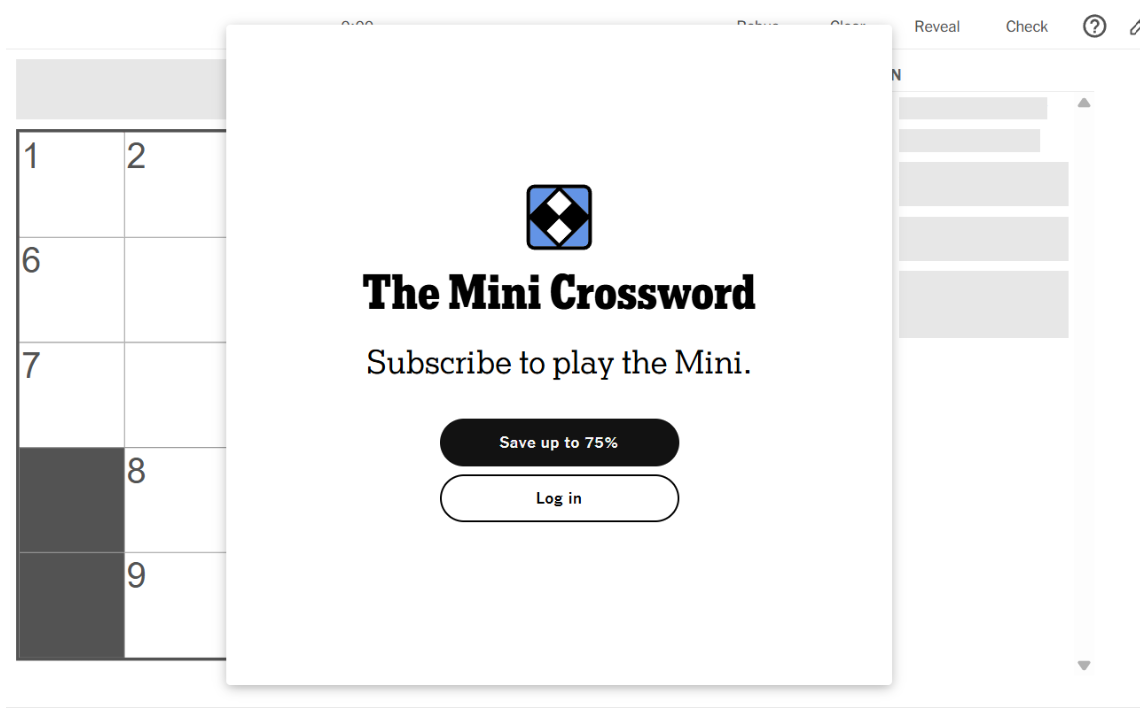


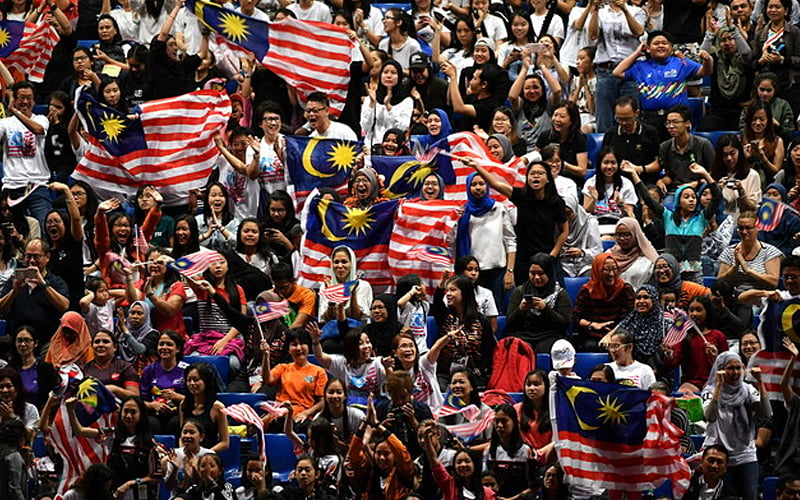

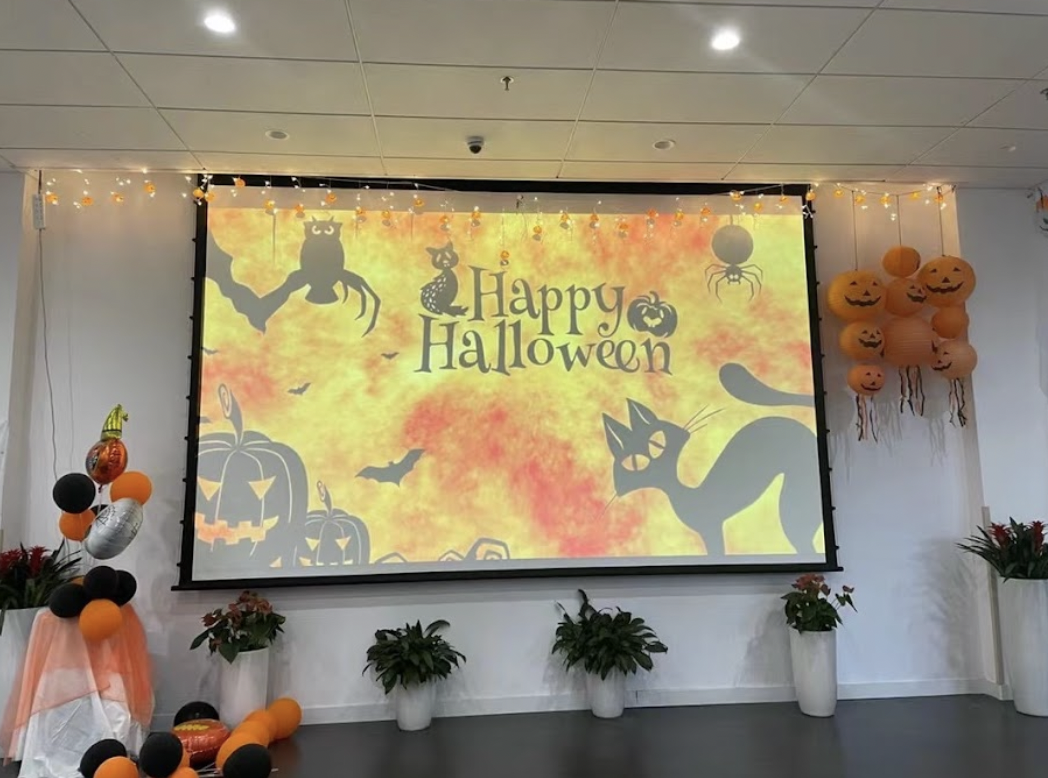
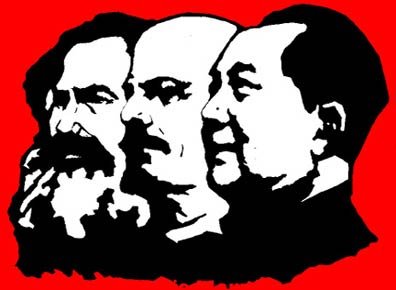

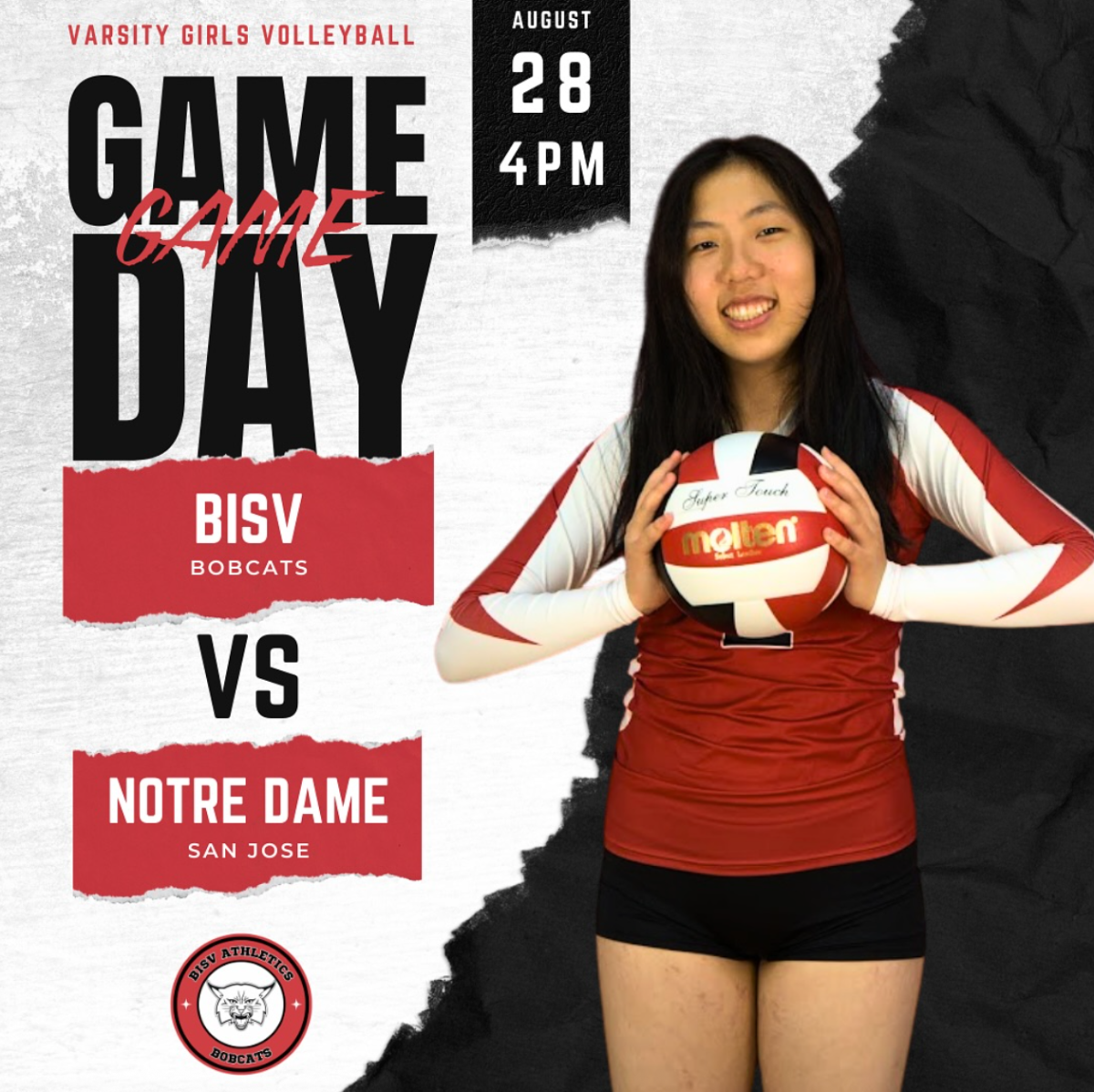

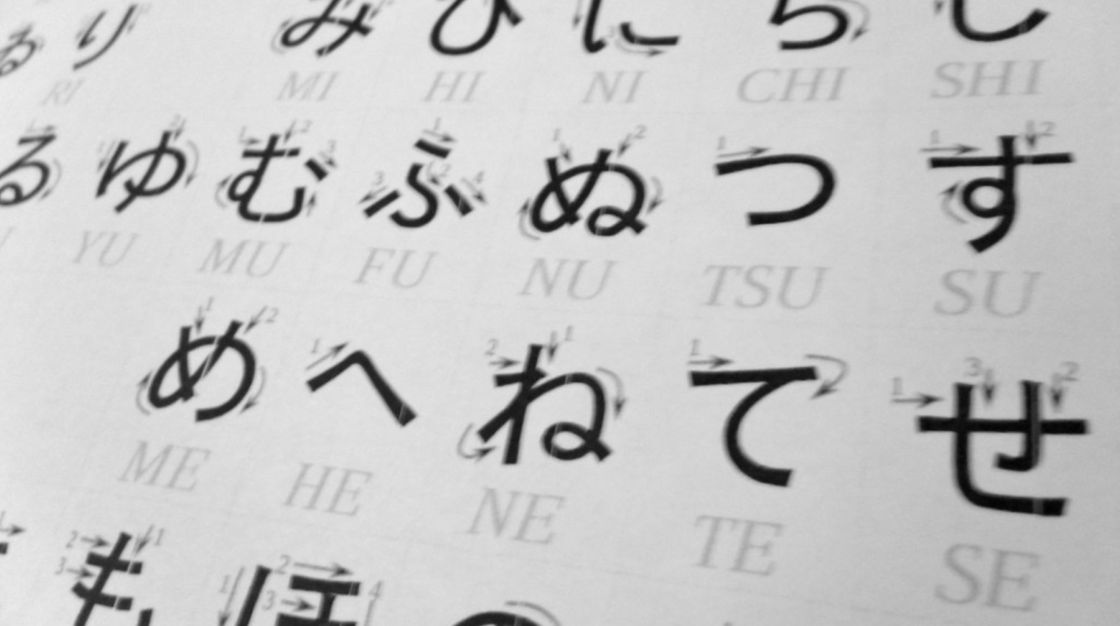
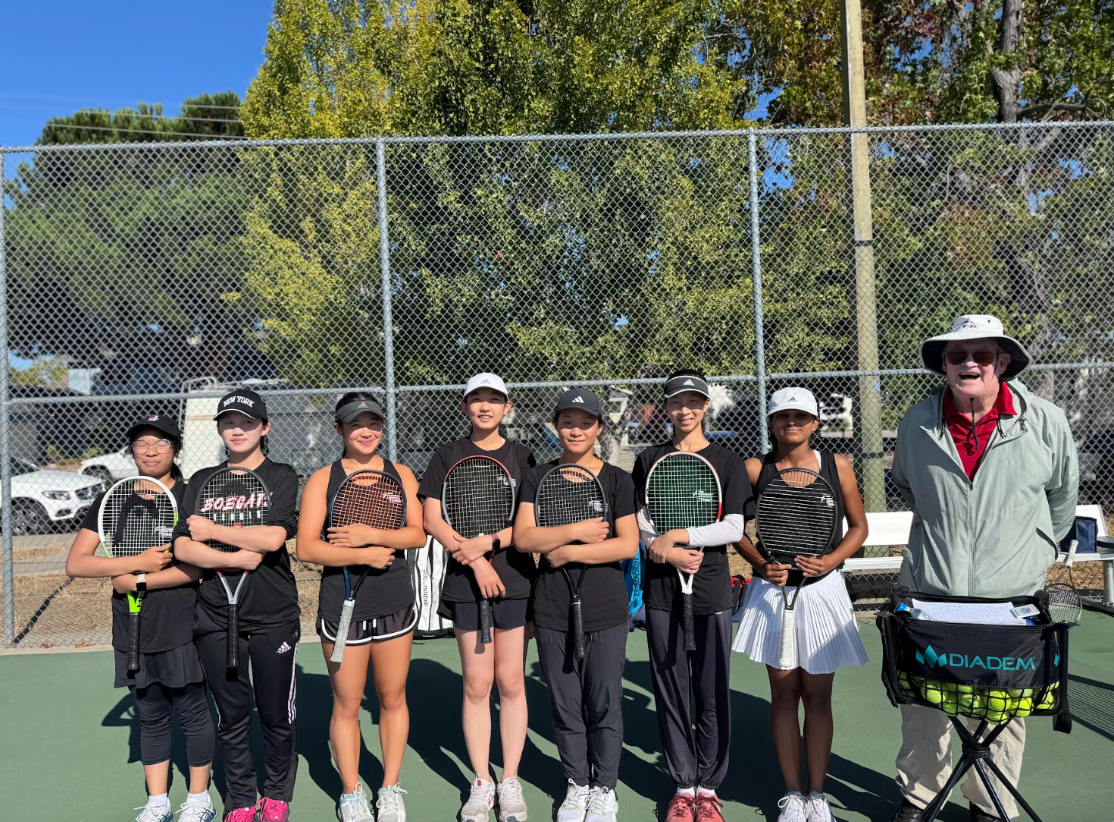

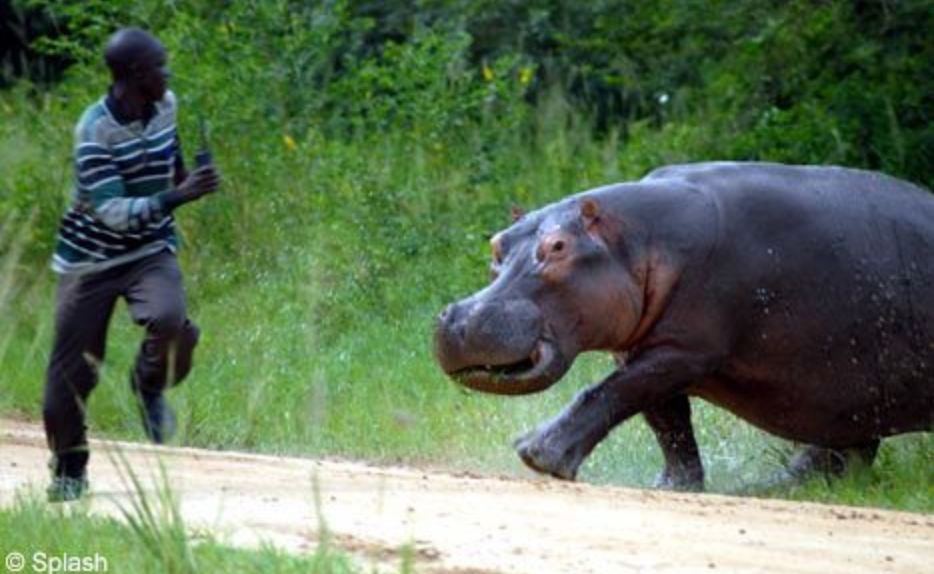
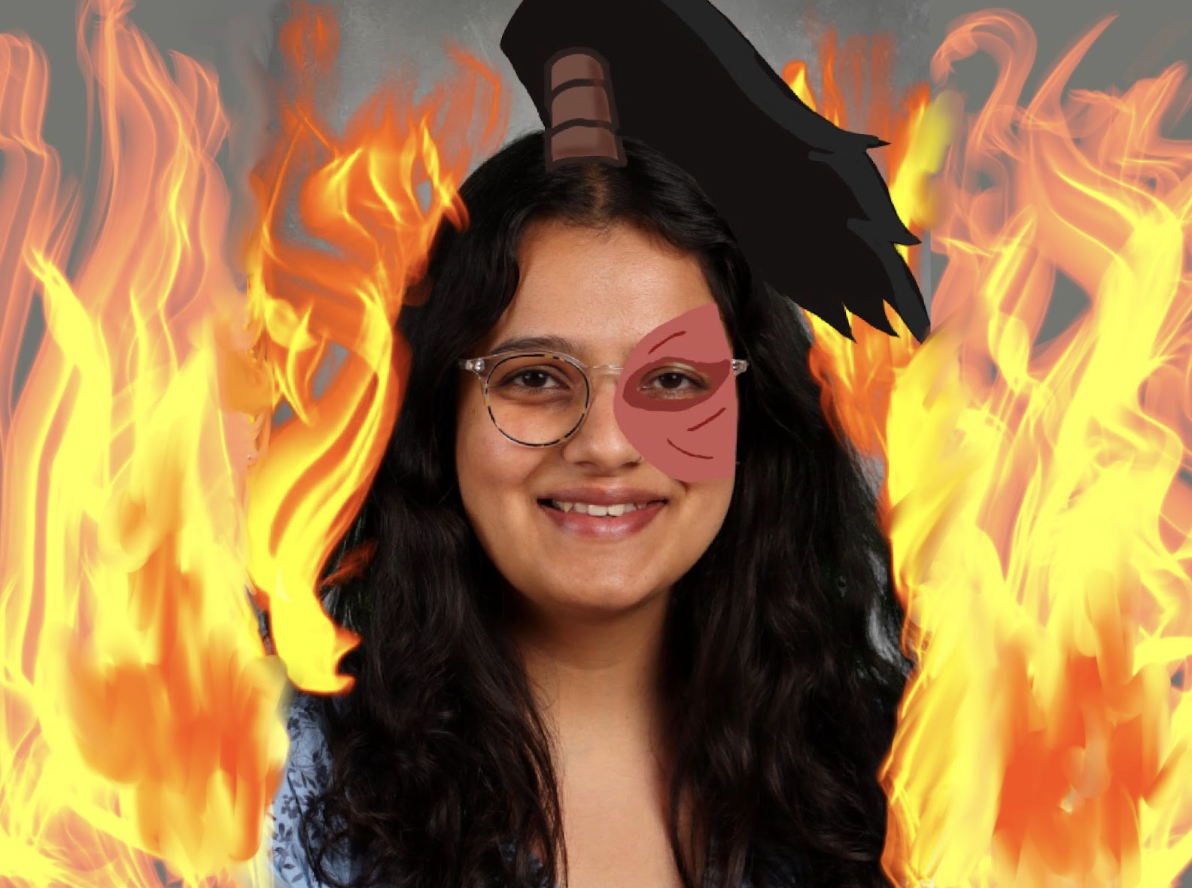


![Teacher [Milk] Tea: Part 2](https://bisvquill.com/wp-content/uploads/2024/03/Screen-Shot-2024-03-19-at-9.28.48-PM.png)


